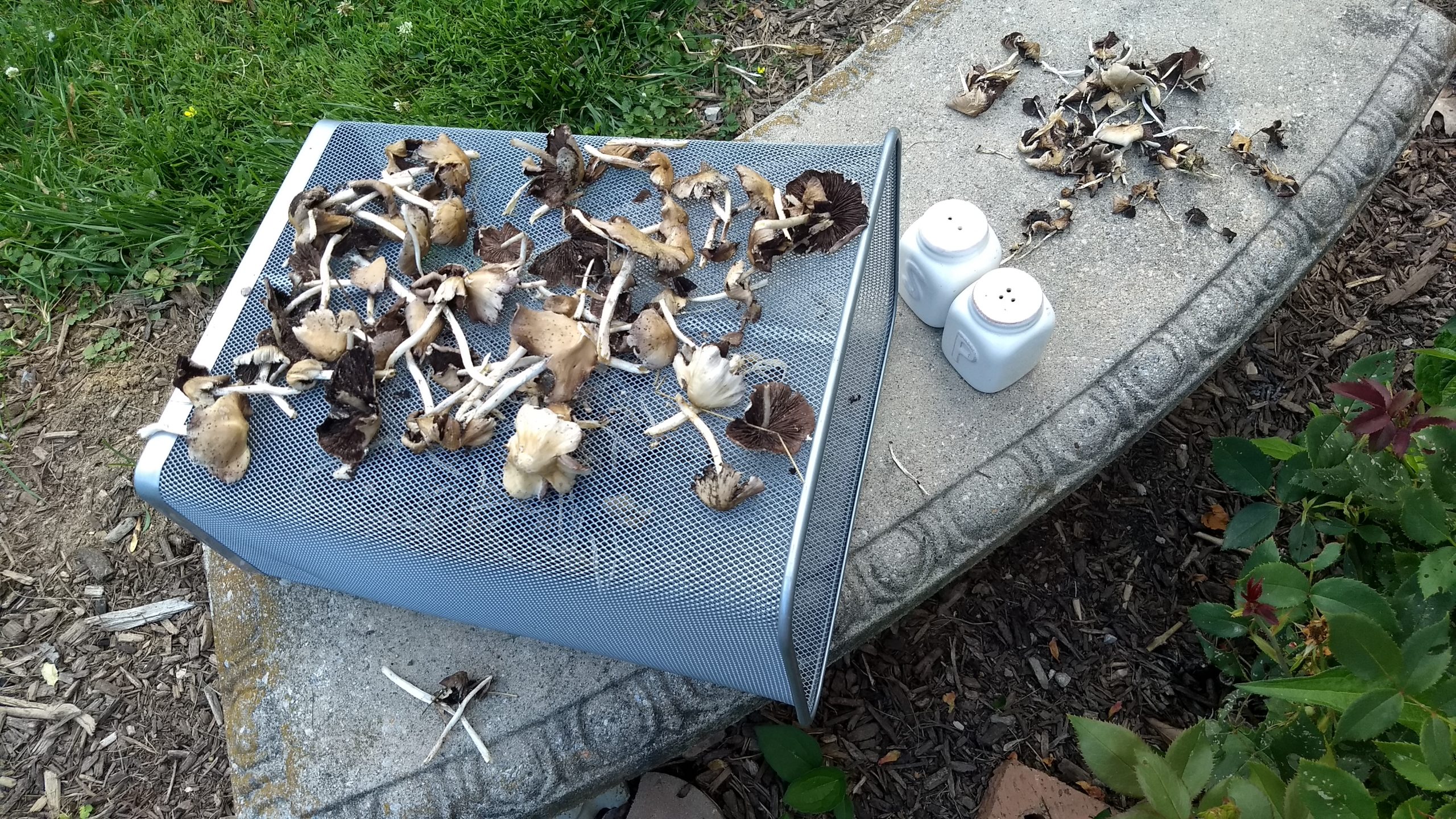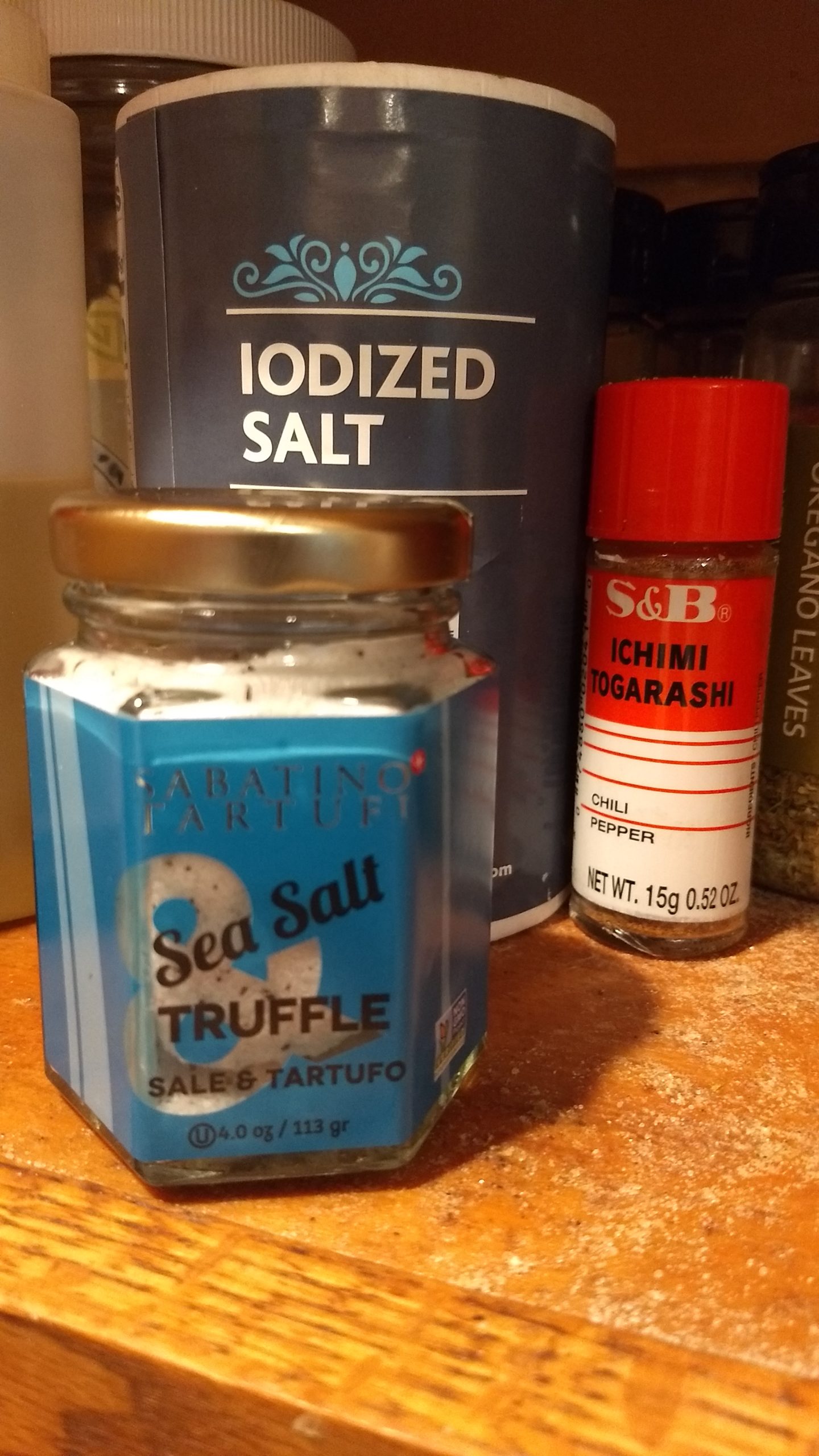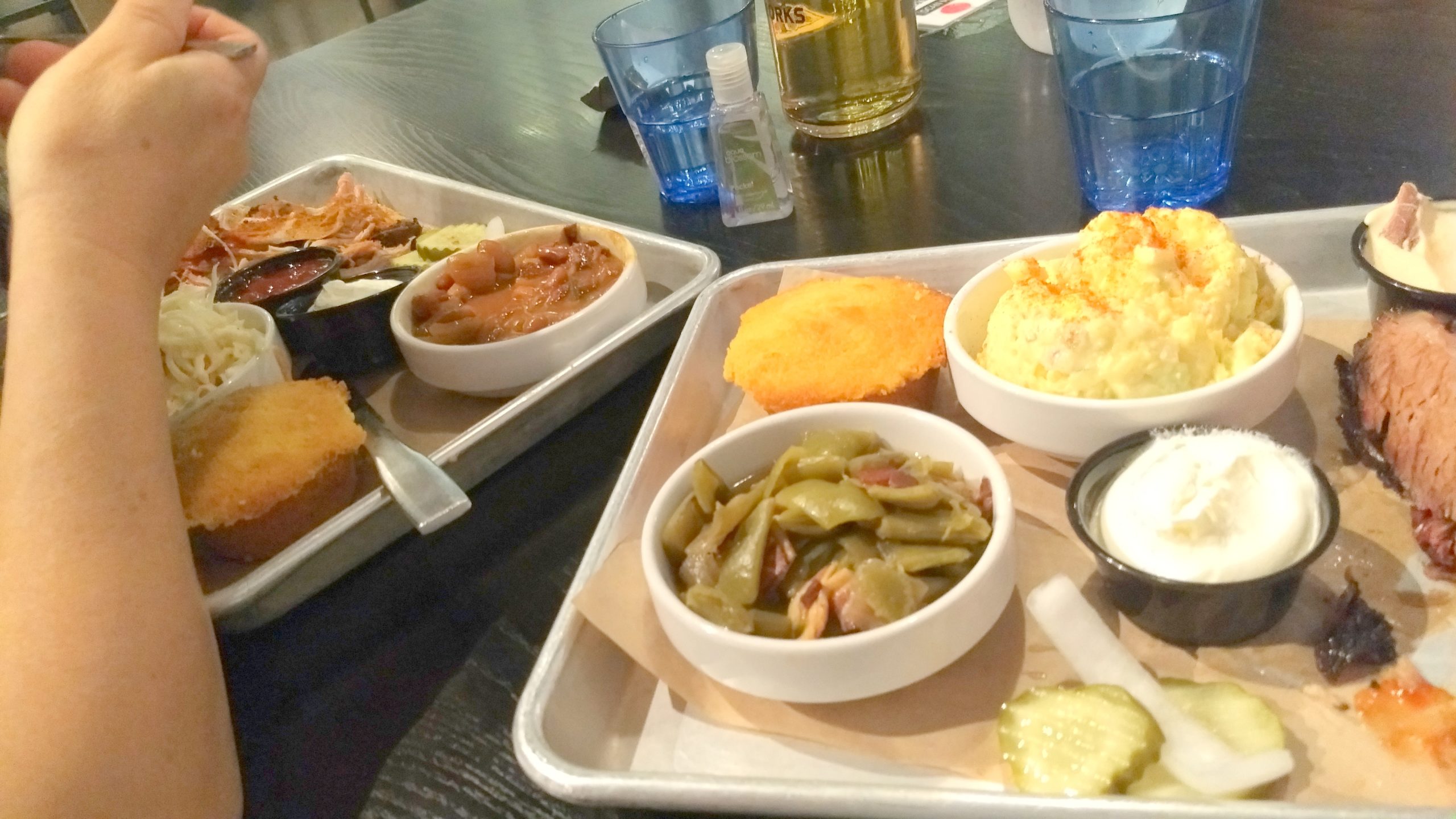Difference between revisions of "Food"
| Line 27: | Line 27: | ||
The new BBQ place downtown on the Courthouse square. <br> | The new BBQ place downtown on the Courthouse square. <br> | ||
<html><img src="https://www.rasmusen.org/blog1/wp-content/uploads/2020/07/pork-bakedbeans-brisket-greenbeans-poatosald-albama-suce-scaled.jpg" alt="New Courthouse BBQ Place" width="100" align= left class="size-full wp-image-752" /> </html> | <html><img src="https://www.rasmusen.org/blog1/wp-content/uploads/2020/07/pork-bakedbeans-brisket-greenbeans-poatosald-albama-suce-scaled.jpg" alt="New Courthouse BBQ Place" width="100" align= left class="size-full wp-image-752" /> </html> | ||
| + | ---- | ||
| + | Manali's [https://www.cookwithmanali.com/kashmiri-dum-aloo/ Kashmiri Dum Aloo] is a good writeup. I enjoy reading what she writes about food. She puts heart into her food, but analysis too. She has insight. | ||
| + | {{Quotation| | ||
| + | The funny part though is that if you go to Indian restaurants they will have “Kashmiri Dum Aloo” on the menu and when you order it, you will get baby potatoes in a creamy onion-tomato curry, which is nowhere close to how Kashmiri Dum Aloo should be. | ||
| + | |||
| + | That’s actually Punjabi version of Dum Aloo with all the cream and spices. | ||
| + | }} | ||
| + | |||
---- | ---- | ||
<html> <img src=" https://www.cookwithmanali.com/wp-content/uploads/2014/08/Baingan-Bharta-Recipe.jpg" height= 400 align= left> </html> | <html> <img src=" https://www.cookwithmanali.com/wp-content/uploads/2014/08/Baingan-Bharta-Recipe.jpg" height= 400 align= left> </html> | ||
Revision as of 18:13, 9 October 2020
Notes on Food.
Pokeweed.
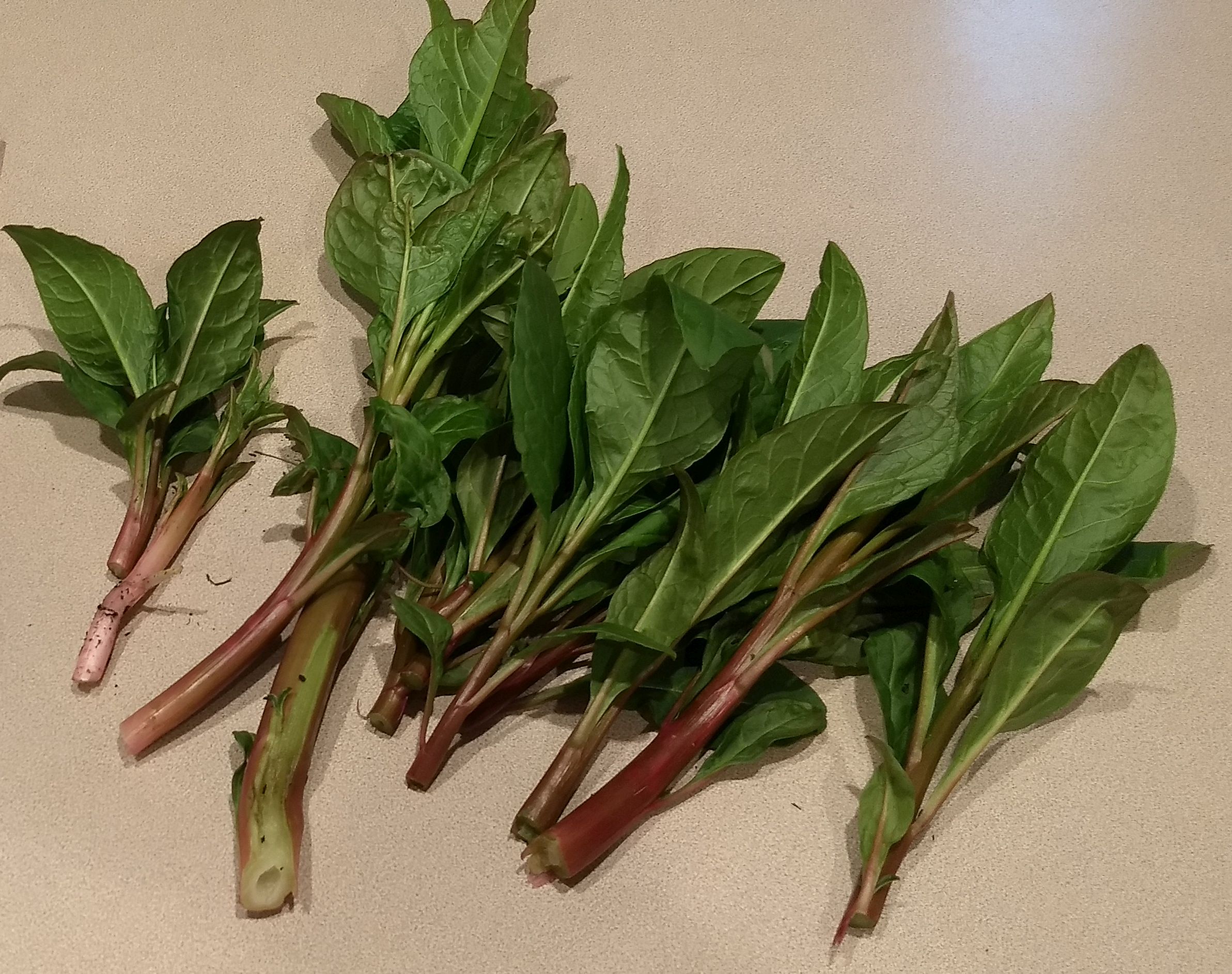
Salted Psathyrella snacks.
That brand of truffle salt I ordreed online.
Kettel cucumber-mint vodka.
Spooky dill pickle Bloody Mary mix.
That southern cook-- Collard Valley.
Pilschuterz apple cinnamon fortified wine.
Good Bloomington restaurants:
Taste of India
Uptown Cafe
Lucky Express
Runcible Spoon
The Irish Lion
Nick's English Hut.
The new BBQ place downtown on the Courthouse square.
Manali's Kashmiri Dum Aloo is a good writeup. I enjoy reading what she writes about food. She puts heart into her food, but analysis too. She has insight.
The funny part though is that if you go to Indian restaurants they will have “Kashmiri Dum Aloo” on the menu and when you order it, you will get baby potatoes in a creamy onion-tomato curry, which is nowhere close to how Kashmiri Dum Aloo should be.
That’s actually Punjabi version of Dum Aloo with all the cream and spices.
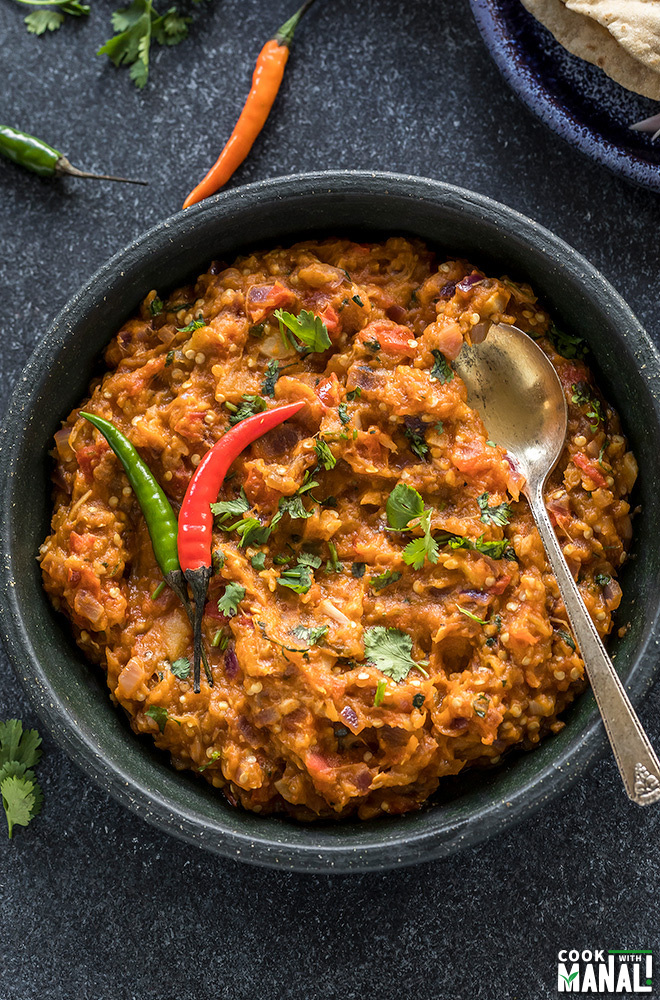 Baingan Bharta – Roasted Eggplant Mash, AUGUST 22, 2018 by Manali:
Baingan Bharta – Roasted Eggplant Mash, AUGUST 22, 2018 by Manali:
Baingan Bharta is basically fire roasted eggplant mash cooked with spices. There are different ways of making this bharta (bharta is mash) but this is the most common way and the one you will find in Indian restaurants.
I know there are other ways because in the state of Uttar Pradesh and that’s where I am from, it is not made in this way at all. So as a child, I always ate eggplant bharta which was just smoked eggplant mash mixed with mustard oil, chopped garlic and some pickle masala.
In a way it tasted a lot like baba ganoush minus the tahini and olive oil. It used to be favorite until I was introduced to this Punjabi version.
... Sarvesh doesn’t like eggplant but baingan bharta is one of his favorites. That’s the special thing about this dish, you can love it even if you don’t like eggplant.I think the smokey flavor that comes from roasting the eggplant makes it so flavorful that it’s hard not to like it, until and unless of course you are like my brothers who have made up their minds that bahrta is not to be eaten no matter what!
From Wikipedia's Monosodium Glutamate:
It is a popular belief that MSG can cause headaches and other feelings of discomfort, known as "Chinese restaurant syndrome", but blinded studies show no such effects when MSG is combined with food in normal concentrations, and are inconclusive when MSG is added to broth in large concentrations.
... In a 1993 study, 71 fasting participants were given 5 g of MSG and then a standard breakfast. One reaction (to the placebo, in a self-identified MSG-sensitive individual) occurred.[23] A 2000 study tested the reaction of 130 subjects with a reported sensitivity to MSG. Multiple trials were performed, with subjects exhibiting at least two symptoms continuing. Two people out of the 130 responded to all four challenges. Because of the low prevalence, the researchers concluded that a response to MSG was not reproducible.
MSG myth debunking – science shows that it’s just an amino acid
All forms of glutamate/glutamic acid/MSG are exactly the same from a chemical standpoint. The human body cannot tell the difference between the amino acid, glutamic acid/ the salt form of that acid, monosodium glutamate; or the ionic form, glutamate. You might want to invent some difference between the three forms, to make some case that MSG is more dangerous, but that would require a complete rewriting of what we know about basic chemistry. And you’d win a Nobel Prize for doing so.
Knife Maintenance and Sharpening, by Chad Ward, August 13, 2003:
The purpose of a sharpening stone is to grind the edge and remove metal. Oil reduces friction and makes the process much slower. Supposedly oil helps float away metal particles that would otherwise clog the pores of the stone. You can do the same thing by wiping the stone with a damp cloth when you’re done..
...
Waterstones are another matter entirely. Both Japanese and synthetic waterstones require water in order to cut effectively. Japanese waterstones can be damaged if used dry and must be soaked thoroughly before use. Waterstones wear very quickly, revealing new layers of cutting abrasive as the swarf builds up and is washed away. That’s why they are so effective. There is always a new layer of sharp abrasive cutting away at the metal of your edge. By the way, “swarf” is one of those cool terms you get to toss around when you discuss sharpening. Swarf is the slurry of metal filings and stone grit that builds up as you sharpen.
...
Push cutting involves parting fibers and requires a polished edge. Shaving, for example, is push cutting. So is peeling an apple or julienning a carrot. You are pressing your thin, finely polished edge through the fibers of the food, pushing them to either side.Slicing, on the other hand, involves severing fibers and requires a toothier edge. Crusty bread, a soft tomato, roast chicken – anything with an outer layer that is tougher than the squishier inside demands an edge that can bite into the skin without crushing the interior. A highly polished edge will simply skate over the surface of a ripe plum until you put enough pressure on it to push through the skin. But the fruit underneath will give way before that happens. Not pretty.
Now you must decide. Do you do more push cutting or more slicing? Do you have knives that you use more often for dicing, peeling and julienning? Do you have a knife that is dedicated to slicing?
A good basic strategy is to start with a standard 20 degree bevel (a 15/20 double bevel if you’re feeling adventurous) with a moderately polished edge on all your knives. This alone will be a vast improvement over what you might be used to.
Then branch out. If you have a knife that is only used for vegetables, a santoku for example, you can take it to a very fine, highly polished edge.
...
One of the easiest ways to ensure that you are matching an existing bevel is to coat the edge with magic marker. As the magic marker is abraded away by the sharpening stone. you will be able to see where the metal is being removed and whether you have matched the angle properly. Once you have coated both bevels with marker, take a swipe or two down your stone. If the marker is wiped off over the width of the bevel you have matched the angle properly. If your angle is too high, only the marker near the very edge will be removed.
...
Take, for example, a plastic pen, stand it at a 30-45 degree angle on a countertop and lay the knife edge straight up and down on the plastic. Pull the edge from heel to tip. If it bites in, you’ve set your edge correctly. If it slides off, you have some more work to do. The sharper the blade, the smaller you can make the angle before it slips.
Sake Talk's 5 ESSENTIAL SAKE INGREDIENTS and Midwest Homebrewing and Winemaking Supplies's [https://www.amazon.com/Midwest-Homebrewing-Winemaking-Supplies-G9-TPGG-DH5D/dp/B0064OGDYS/ref=sr_1_11?dchild=1&keywords=koji+spores&qid=1601185421&sr=8-11
Sake Kit]
